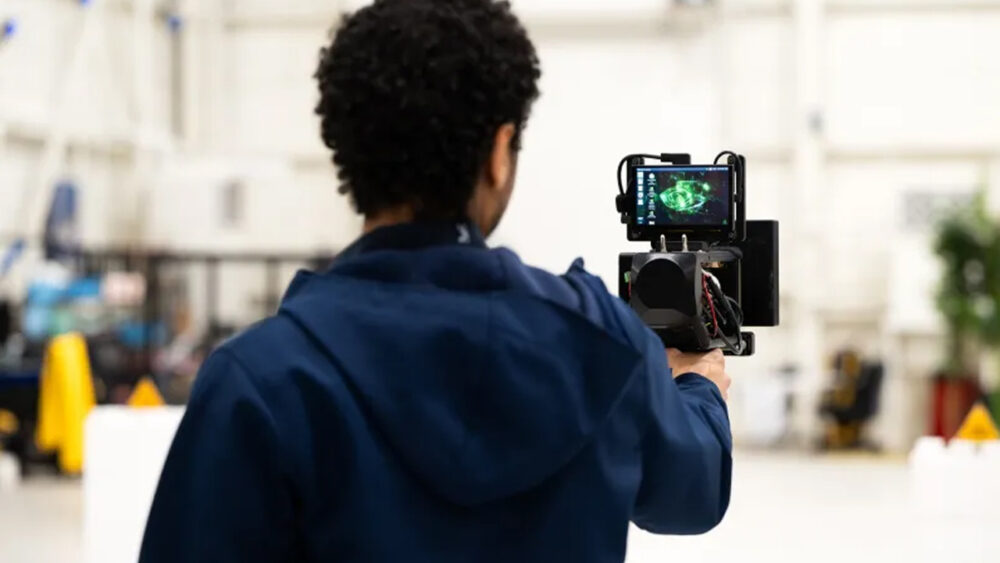The U.S. Department of Homeland Security has unveiled a next-generation radar system that allows law enforcement to detect the presence of people through walls — even while on the move.
Known as DePLife (Detection of Presence of Life), the new technology uses advanced radar systems and motion compensation algorithms to detect whether a building is occupied — without requiring officers to physically approach or enter a structure.
DHS’s Science and Technology Directorate (S&T) partnered with the Massachusetts Institute of Technology’s Lincoln Laboratory to field test and upgrade DePLife, alongside a similar system called Tinyrad, made by Analog Devices.
“Before the Through Walls Mobile Sensing project started, technologies that could detect the presence of life through walls had to be stationary, or perhaps leaning on a wall to the room of interest,” said S&T Program Manager Anthony Caracciolo.
“But now, we are developing a tool that can withstand minor movements—hovering drone vibrations, light wind…even a responder’s breathing—while holding the device.”
With these advancements, law enforcement officers and firefighters could assess scenes from a distance — without putting themselves in harm’s way. The radar can scan through typical exterior and interior walls in a single-family home and determine whether there are people inside.
“With minor motion compensation—the next generation for these technologies—police officers, or even firefighters, can assess from a distance where the good and bad guys are at the scene,” said Caracciolo. “They won’t have to endanger themselves by having to place the detector in direct contact with a wall.”
S&T and MIT LL have tested the systems in real-world conditions, using programmable devices to simulate the slight but unpredictable movements of a human holding the radar or a drone hovering in place. The radar then compensates for this motion by identifying stationary reference points in the environment and adjusting the data accordingly.
“If there’s metal or furniture, you’re going to get reflection back to the radar, and the radar can detect which one is actually stationary, not life, and which one is life,” said Caracciolo. “We must first make sure we are not identifying every reflection back as life. And we did that successfully.”
DHS says the next phase of development will focus on larger-scale movement compensation, such as scanning while walking or circling a building.
“These efforts will increase the versatility and viability of a commercial-ready solution that meets federal, state, and local responder needs,” Caracciolo said.
For more, listen to Good Chance You’re Going to Save Lives — a Technologically Speaking podcast episode featuring Caracciolo.


